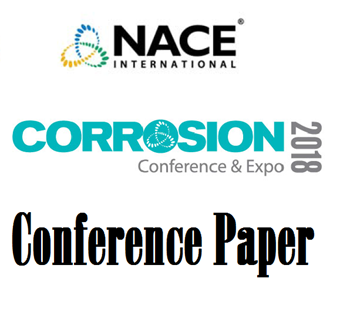Search
Electrochemical Corrosion Behavior of Carbon Steel With and Without Residual Elements
Also Purchased
97513 EFFECTS OF RESIDUAL ELEMENTS ON THE CORROSION RESISTANCE OF STEELS IN HF
Product Number:
51300-97513-SG
ISBN:
97513 1997 CP
$20.00
51318-11090-The effect of corrosion product formation mode on the early stage of sour corrosion behavior on pipeline steel
Product Number:
51318-11090-SG
Publication Date:
2018
$20.00
Importance of HF Acid Concentration on the Effect of Residual Elements
Product Number:
51319-13428-SG
Publication Date:
2019
$20.00




